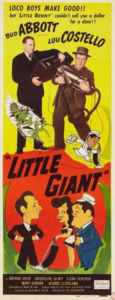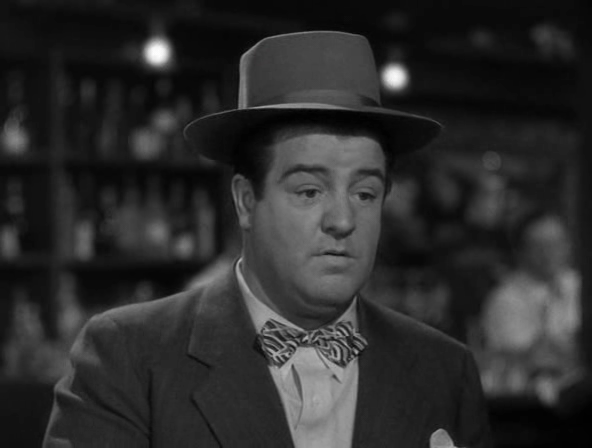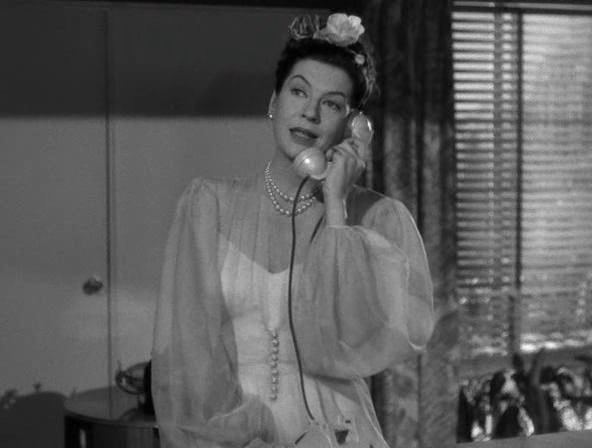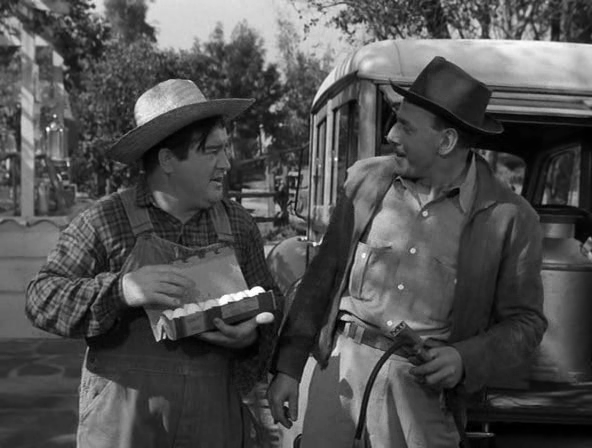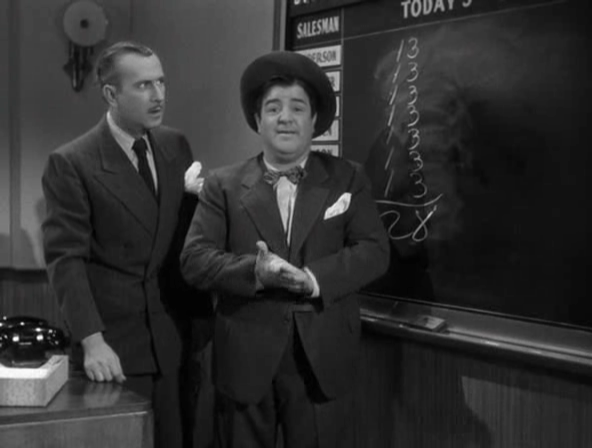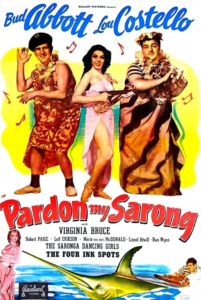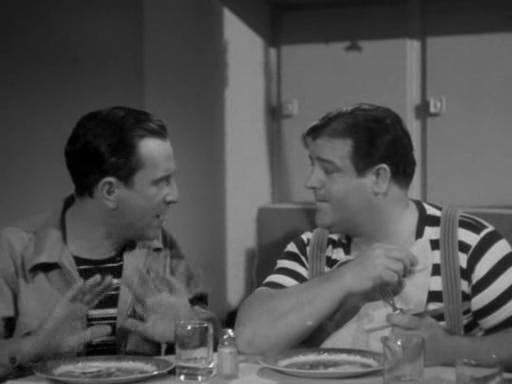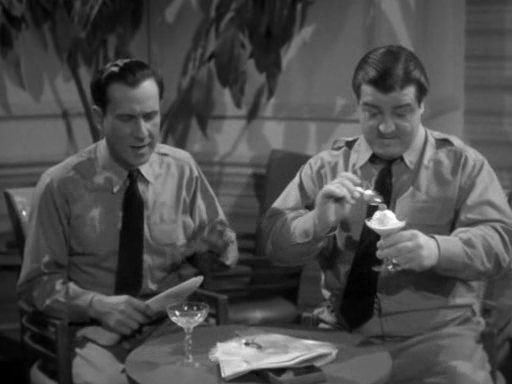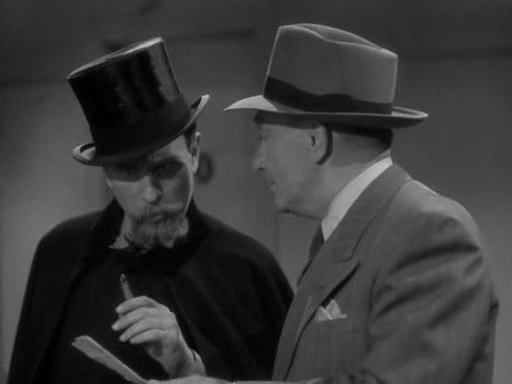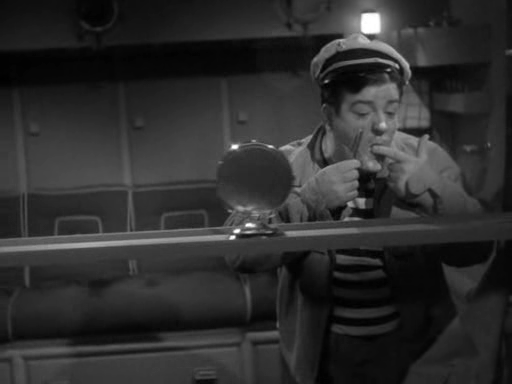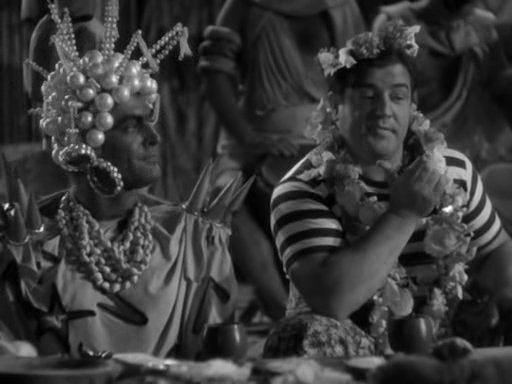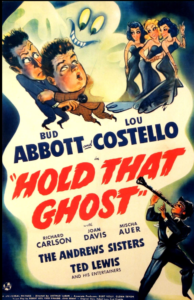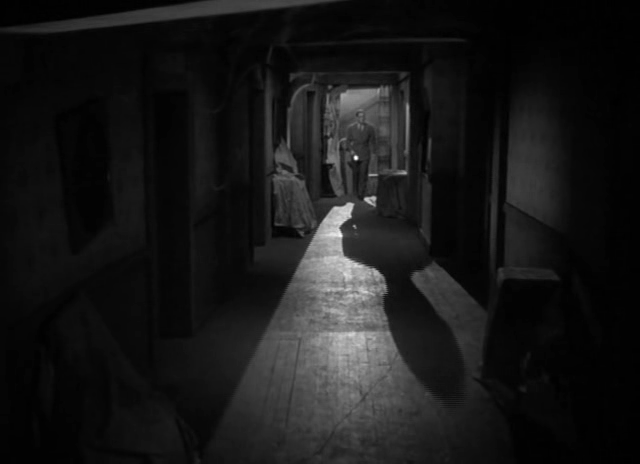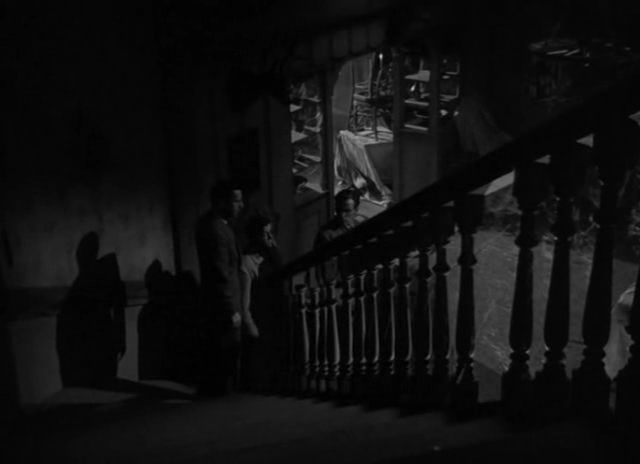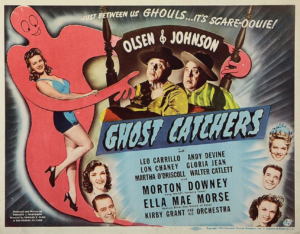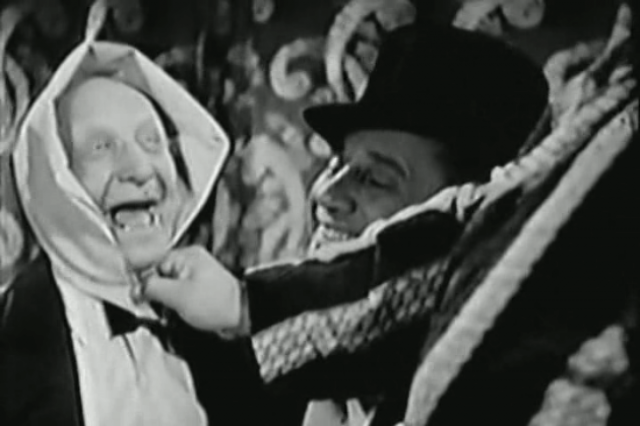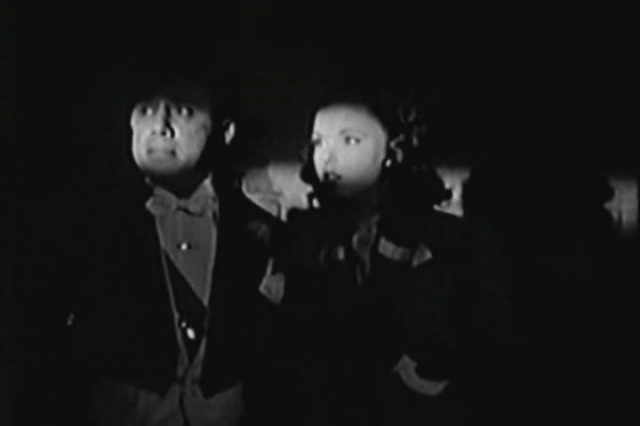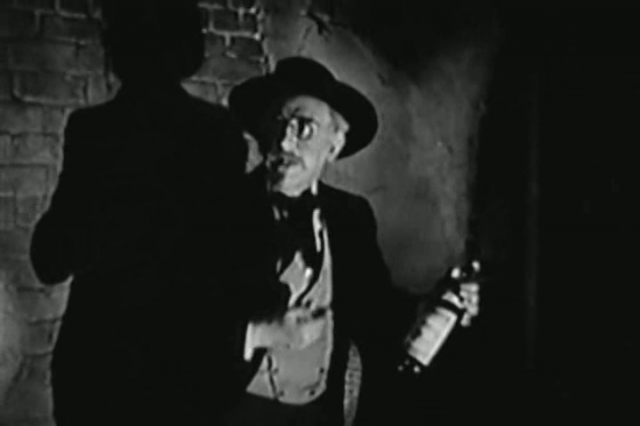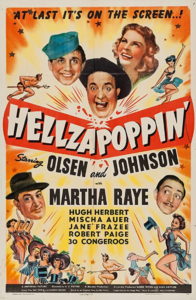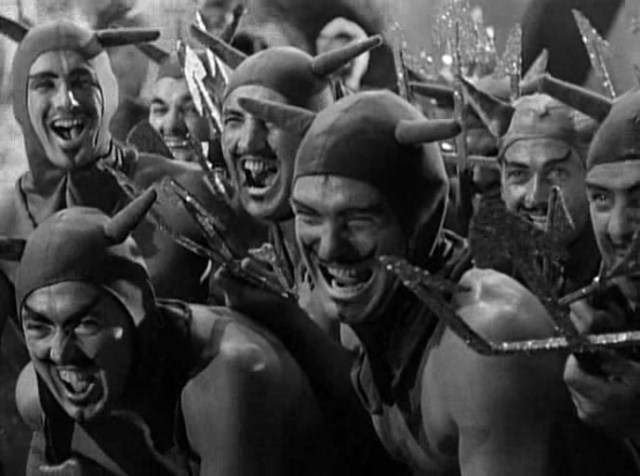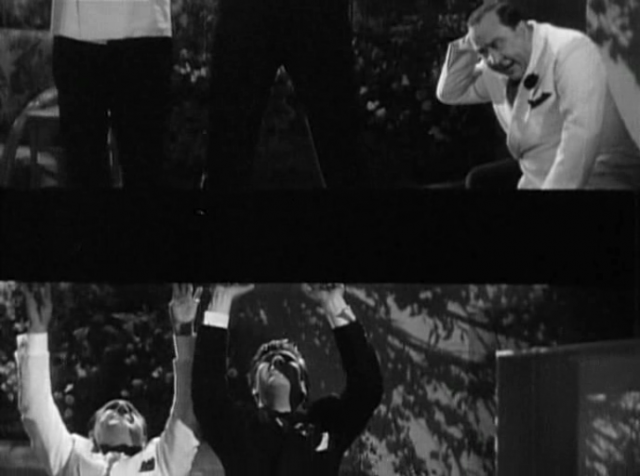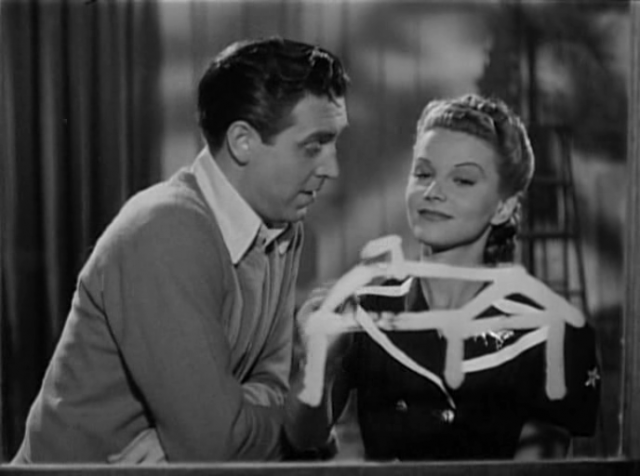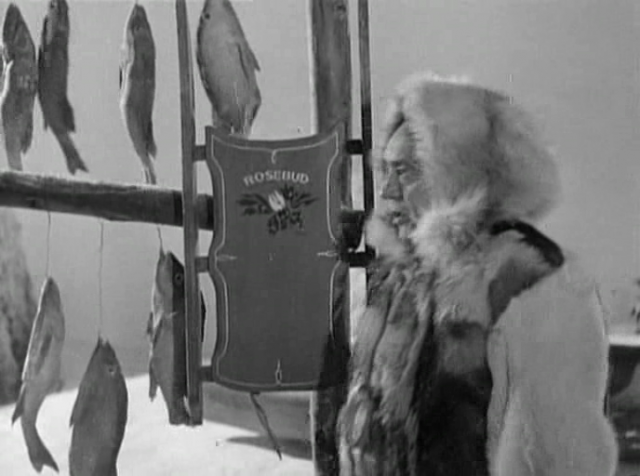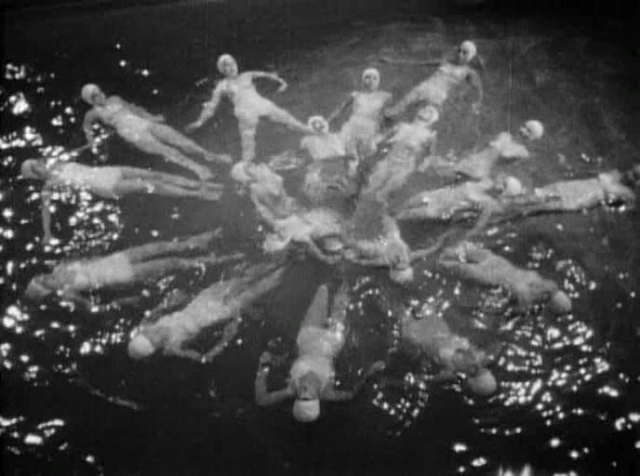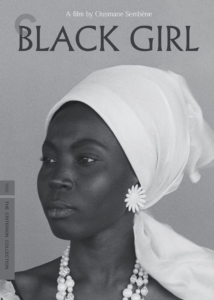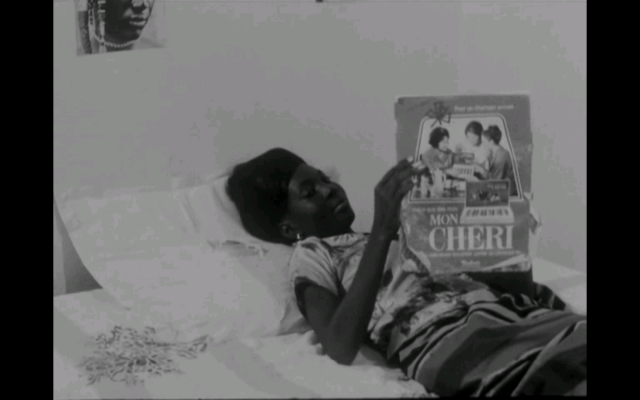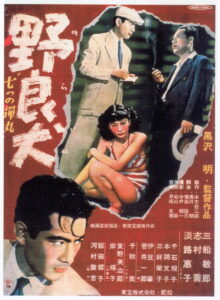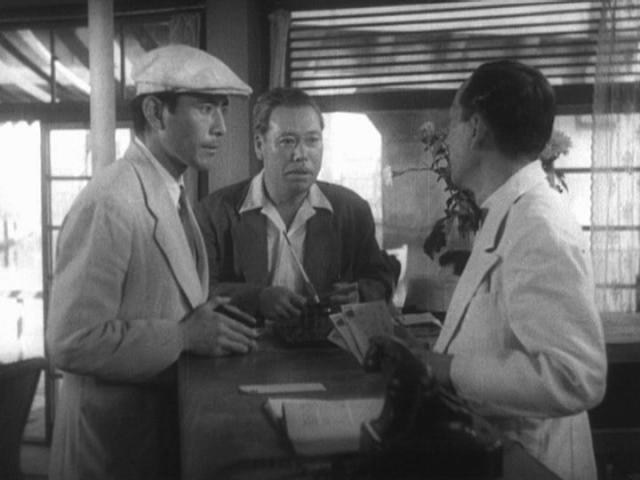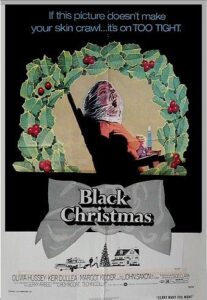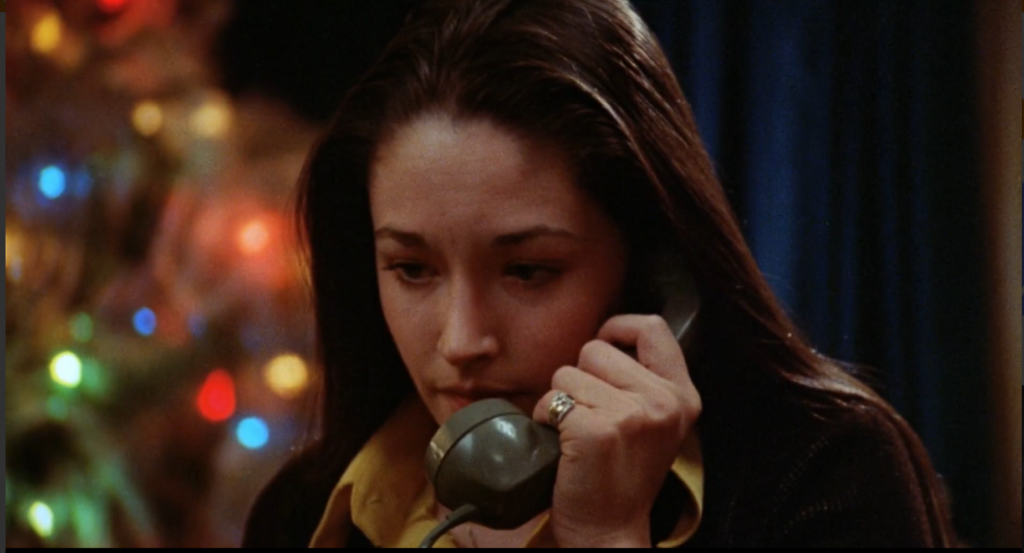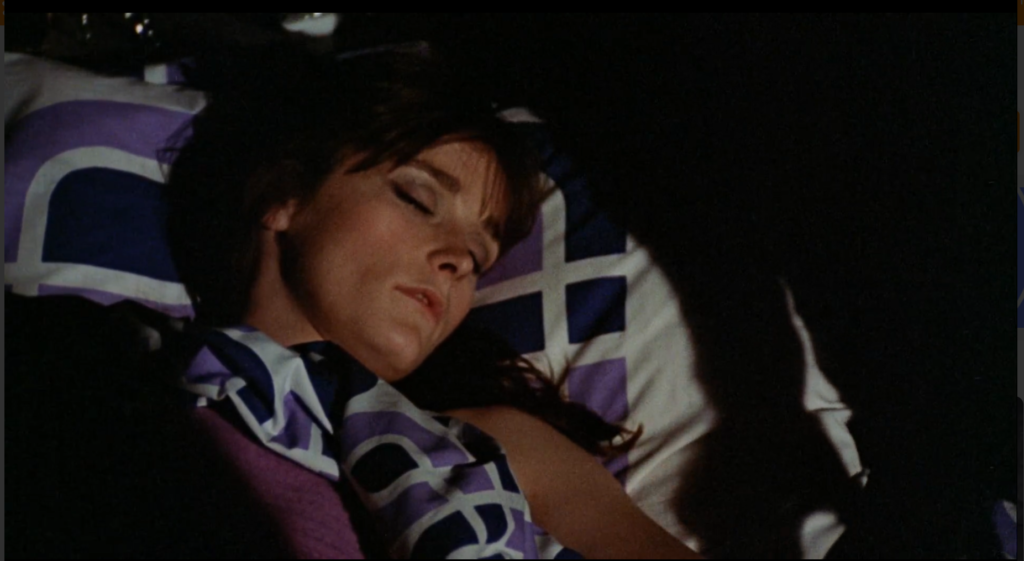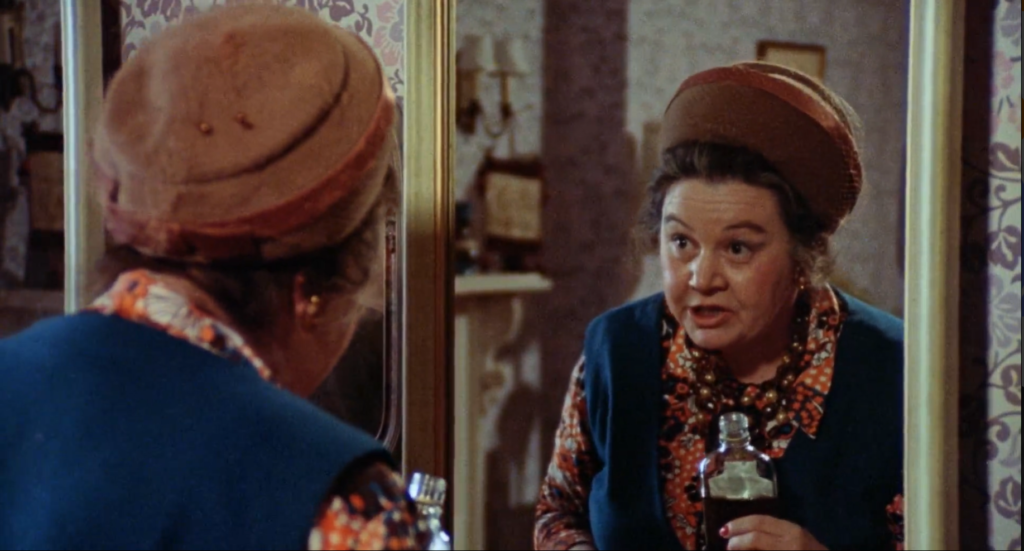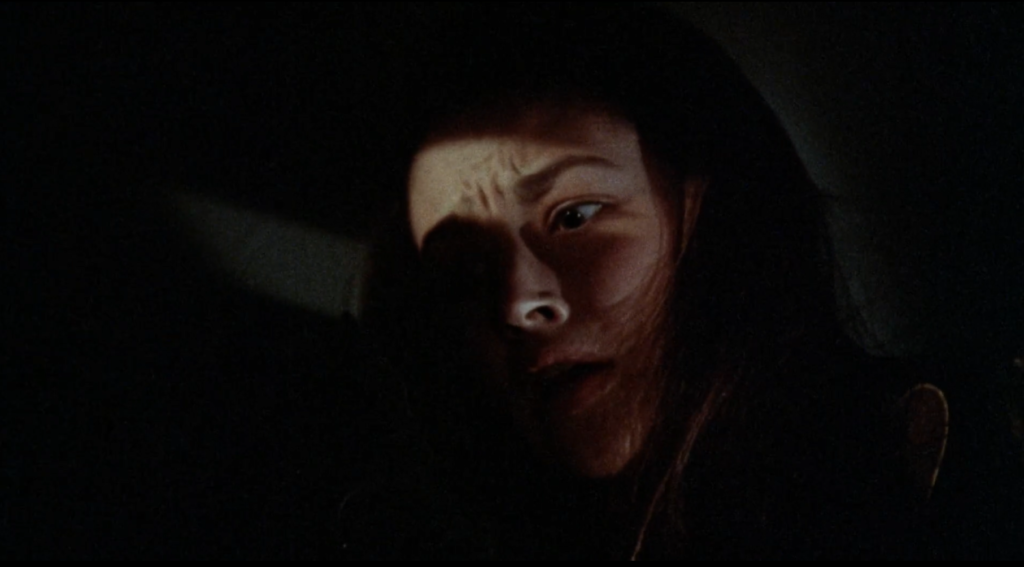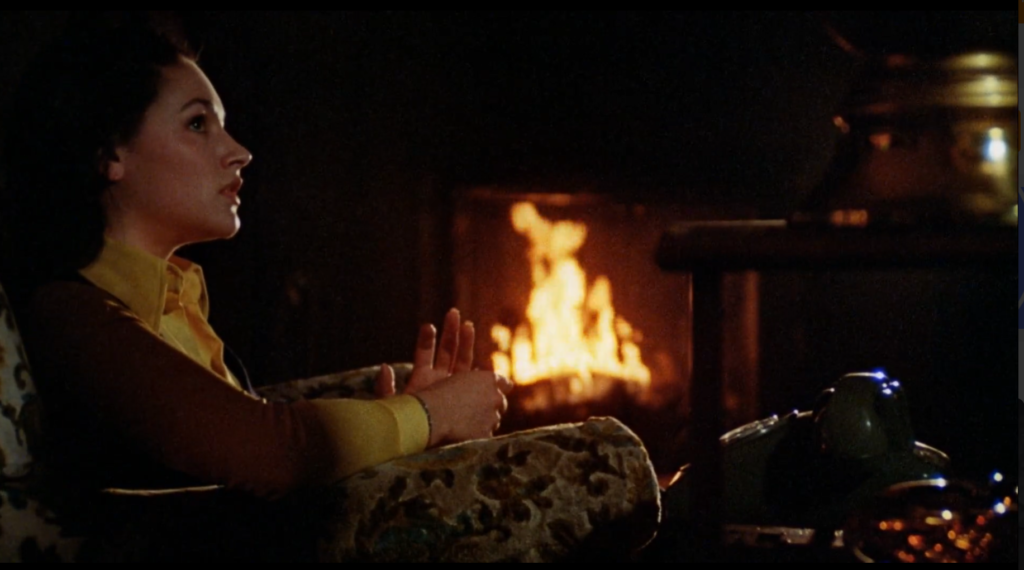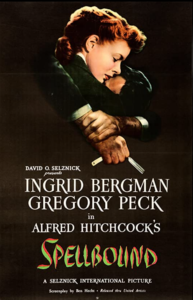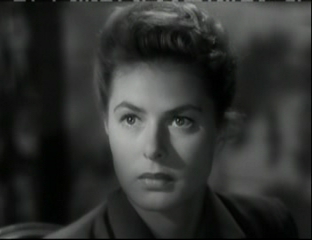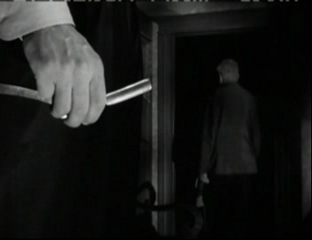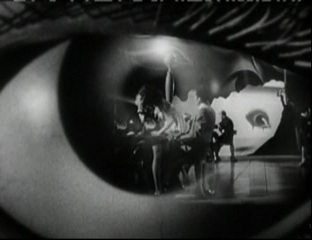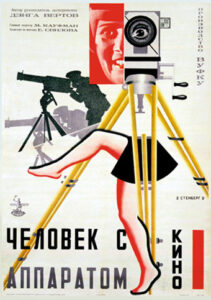|
Genres, Themes, Actors, and Directors:
- Documentary
- Experimental Films
- Russian Films
- Silent Films
Review:
Dziga Vertov’s cinema verite documentary about life in Moscow remains a groundbreaking, highly experimental, oddly overlooked cornerstone of cinematic history. Even modern viewers used to rapidfire MTV editing and the tenets of Godard et al.’s avant garde cinema will find themselves duly impressed — and perhaps a bit overwhelmed — by Vertov’s unceasingly busy, almost dizzying camerawork. As noted in TCM’s review, Vertov “experimented wildly with his camera, strapping it to motorcycles and to trains, using multiple exposure, time lapse photography, still imagery, dissolves, superimposition, and making the camera an obvious participant in what is being filmed.” Indeed, pretty much every possible cinematic trick of the day — both with the camera itself and in the editing room — is evident here.
Without any meta-narrative or voiceover, Vertov shows us strategically “representative” snippets of urban Soviet life, from morning to night, inside and out. We see couples getting married and divorced, factory employees hard at work, teeming crowds on streets, trains coming and going, athletes showing off their prowess — even an actual birth in graphic detail (though it comes and goes too quickly for us to feel anything other than basic recognition). Naturally, all these events didn’t actually take place in just one day, or even in one city — in truth, it took Vertov and his team over four years to gather the extensive footage across Moscow, Kiev, and Odessa. Meanwhile, Vertov frequently cuts away either to the editing room (where the footage is being manipulated), or to a movie theater, where viewers are watching the scenes unfold — thus reminding us continuously about the highly constructed nature of his narrative. It all makes for an invaluable, multifaceted snapshot of an era and a society, while simultaneously providing an audaciously radical commentary on the very nature of cinematic representation.
Redeeming Qualities and Moments:
- A fascinating glimpse at “everyday” 1920s Russia
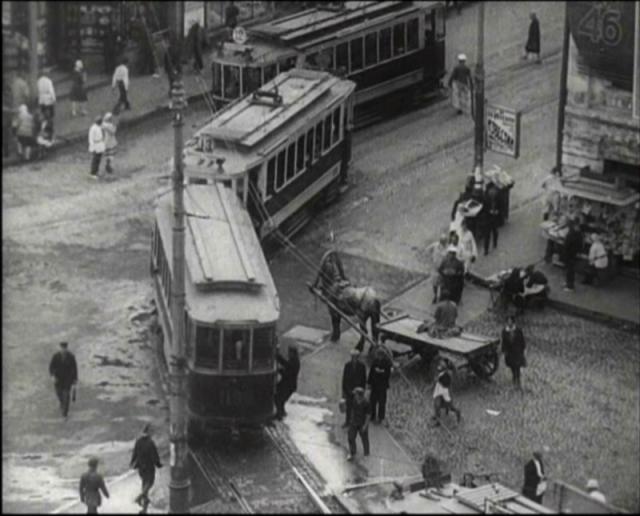
- A groundbreaking display of creative editing, framing, double-exposure, and other innovative cinematic techniques
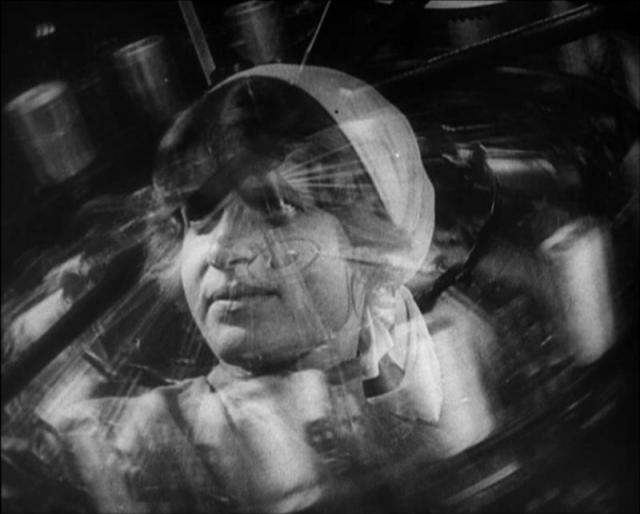

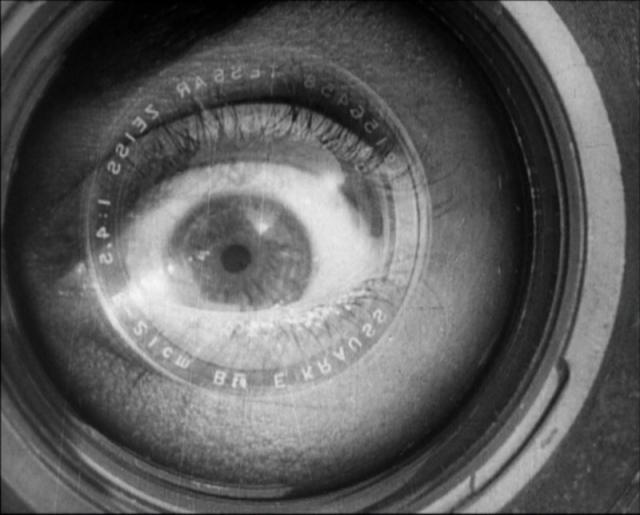
Must See?
Yes, for its undeniable historical relevance.
Categories
- Foreign Gem
- Historically Relevant
(Listed in 1001 Movies You Must See Before You Die)
Links:
|
